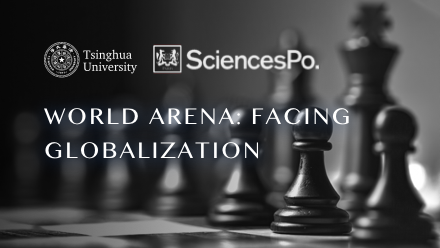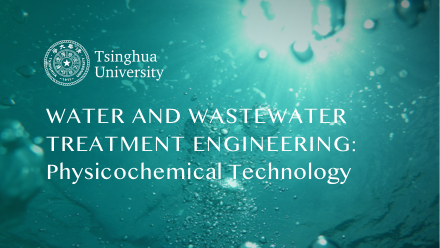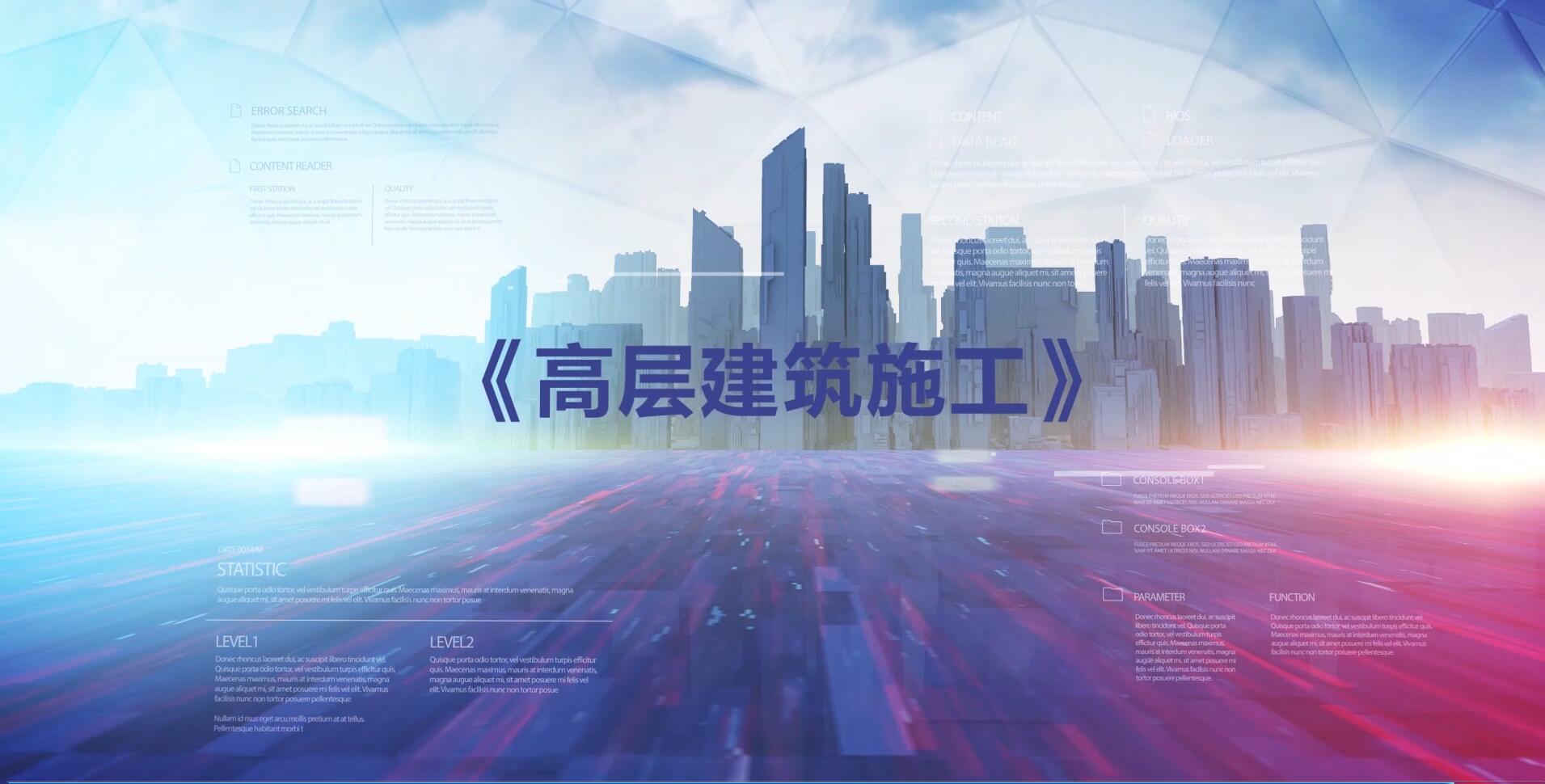
当前课程知识点:Water and Wastewater Treatment Engineering: Physicochemical Technology > Chapter 3 Air floatation > 3-3 Pressurized dissolved air flotation > 3-3 Pressurized dissolved air flotation
返回《Water and Wastewater Treatment Engineering: Physicochemical Technology》慕课在线视频课程列表
返回《Water and Wastewater Treatment Engineering: Physicochemical Technology》慕课在线视频列表
同学们好,在这一讲,我们介绍气浮的第3节加压溶气气浮
气浮工艺的类型按照气泡产生的方式,一般我们可以分为
电解气浮法、散气气浮法以及溶气气浮法
而溶气气浮根据气浮池中气泡析出时所受的压力
又分为溶气真空气浮和加压溶气气浮
加压溶气气浮是目前应用最为广泛的气浮工艺
因此我们主要介绍加压溶气气浮
首先我们来看看加压溶气气浮法的工艺组成
加压溶气气浮工艺的基本原理是先在加压条件下让空气溶于水中
再将压力降低至常压,使过饱和的空气以微小气泡的形式释放出来
加压溶气气浮工艺中的主要设备包括
空气释放设备、压力溶气系统以及气浮池
典型的加压溶气气浮法的工艺流程如这个图所示
部分处理后的回流水被加压泵送入压力溶气罐
空压机将空气也送入压力溶气罐,使空气充分溶于水中
压力溶气水经释放器进入气浮池,并与原水混合
溶于水中的过饱和空气从水中逸出,形成许多微小气泡,从而产生气浮作用
累积在气浮池表面的浮渣由刮渣机刮到浮渣槽中排出池外
处理水从气浮池的中下部排出
加压溶气气浮工艺可以使空气在水中有比较大的溶解度
能够提供足够多的微小气泡,同时,气泡粒径比较小
大概在20-100微米之间,气泡均匀,设备流程比较简单
因此在水和废水处理中是使用最为广泛的一种气浮工艺
下面介绍加压溶气气浮的基本流程
加压溶气气浮有三种基本流程
第一种是全溶气流程
在这种流程中,全部的原水被送入加压溶气罐
然后再经减压释放装置进入气浮池,释放出微小气泡,产生气浮作用
由于需要对全部的原水进行加压,因此电耗比较高
但是由于没有水回流,气浮池容积比较小
第二种是部分溶气流程
在这种流程中,只需将原水的一部分送入加压溶气罐
其余的直接进入气浮池,与全溶气流程相比,比较省电
此外,由于只有部分原水进入加压溶气罐
加压泵水量和溶气罐的容积较小,因此可以节省部分设备费用
但由于仅部分原水进入加压溶气罐,所能提供的溶气量较少
因此如果需要足够的空气量,就必须加大溶气罐的压力
因此对设备提出了更高的要求
第三种是回流加压溶气气浮
这种流程的工作过程,我们前面已经介绍过了
该流程适用于含悬浮物浓度比较高的原水
可以避免原水直接进入加压溶气罐,发生堵塞
但在气浮池的容积设计中需要考虑回流水的影响
气浮池容积比其他两种流程要大
目前,回流加压溶气流程是加压溶气气浮中应用最为广泛的工艺流程
下面我们介绍加压溶气气浮法中的主要设备,首先看看压力溶气系统
包括空气供给设备、加压水泵、压力溶气罐以及其他附属设备等
首先是空气供给设备,有多种的设备可以使空气溶于水中,但常用的是空压机
如图所示,通过空压机把空气直接加入到溶气罐中
其次是加压水泵
原水由加压水泵加入到溶气罐中,与空气进行混合
使空气溶于水中,产生溶气水,再送往气浮池
加压水泵的压力决定了空气在水中的溶解程度
空气在水中的溶解遵循亨利定律,可以用这个式子来进行计算
溶解在水中的空气量V与空气所受的绝对压力P成正比
但是空气在水中的溶解通常需要一定时间才能达到饱和
而且与水在加压溶气罐中的流态有关
这个图表示了空气在水中的溶解量与空气压力以及时间的关系
空气在加压溶气罐内的停留时间一般为2-4分钟
溶解在水中的空气约为饱和含量的50-60%
压力溶气罐的主要功能是使水与空气充分接触,促进空气在水中的溶解
压力溶气罐的形式多种多样,最简单的是直流型
为了加强水与空气的充分接触,发展出多种多样的溶气罐
有隔板式、套管式、水射式、翻腾式、填充式等等
其主要目的都是通过不断地更新液相与气相的界面,来提高空气在水中的溶解量
第二是空气释放设备
空气释放设备最主要的目的是要把空气以极细小的气泡释放出来
这个图表示了一种溶气释放器,压力溶气水在通过释放器的过程中
水流反复地经过收缩、扩散、撞击等,消耗了能量
使溶气水的压力降低,最后释放出比较均匀并细小的气泡
第三是气浮池,在气浮池中,气浮体和水发生固液分离
与沉淀池类似,根据水流流向,气浮池可以分为平流式与竖流式
平流式气浮池的工艺流程如这个图所示,是目前最常用的一种气浮池形式
原水经混凝后进入气浮池,与溶气水混合,在气浮池进行固液分离
这里我们需要注意的是,平流式气浮池由于浮渣从上部排出
处理水从池中下部收集并排出,这一点与沉淀池是不同的
这是竖流式气浮池
经混凝后的原水进入池中间,在这里与溶气水进行混合
然后进入到固液分离区,浮渣在上部收集并排出,处理水从中下部收集并排出
另外,如果原水还含有不易气浮的密度较大的悬浮物时
可以采用气浮与沉淀联合的处理方式
比如这是与同向流斜板沉淀池结合的气浮池
原水经过混凝后首先通过同向流斜板池,先将部分密度较大的杂质去除
然后再流入上部气浮池,与溶气水混合,通过气浮进一步去除水中较轻的杂质
水中容易沉淀和不容易沉淀的杂质都可以通过这两种工艺的组合得到有效去除
下面给同学们看看气浮池的一些照片,这是气浮池
这是压力溶气罐,这是小型气浮池
通入溶气水后上浮到气浮池表面的浮渣,通过刮板进行收集
下面介绍加压溶气气浮法的工艺计算
在加压溶气气浮工艺中需要考虑的一个重要问题是
针对要去除的悬浮固体量,需要投入多少的空气?
这就涉及到气浮工艺中最基本的参数,气固比
即经减压释放的溶解空气量与原水带入的悬浮固体总量之比
可以以体积比或质量比来表示,通常我们采用质量比的表示方式比较多
当采用质量比时,经减压释放的空气总量可以通过这个式子计算
这里需要注意的是,P是溶气绝对压力,f是指加压溶气系统的溶气效率
与溶气罐形式等因素有关
(fP-1)代表了在压力为P时溶于水中的空气减压到一个大气压条件下
从水中释放出的空气量
而原水带入的悬浮固体总量S可以采用这个式子进行计算
因此我们可以进一步把气固比写成这样一个式子
气固比是影响气浮效果的重要工艺参数,影响气浮出水水质和泥渣浓度
其取值可以通过实验来确定
这是三种水样在不同气固比下的气浮实验结果
左图表示经气浮后出水的悬浮物固体的含量
右图是气浮浮渣的固体浓度,纵坐标是气固比
可以看到,气固比影响气浮的出水水质和浮渣浓度
气固比越高,出水的悬浮物固体浓度越低,同时气浮浮渣的固体浓度也越高
有关气浮的全部内容就介绍完了,谢谢
-0-2 Water treatment process
-0-3 Wastewater treatment process
--0-3 Wastewater treatment process
-Chap 0 Homeworks
-1-1 Introduction
-1-2 Properties of colloids
-1-3 Mechanisms and process of coagulation and flocculation
--1-3 Mechanisms of coagulation and flocculation
-1-4 Coagulant and coagulant aids
-- 1-4 Coagulant and coagulant aids
-1-5 Kinetics of coagulation and flocculation
--1-5 Kinetics of coagulation and flocculation
-1-6 Factors affecting the coagulation performance
--1-6 Factors affecting the coagulation performance
-1-7 Facilities for coagulation and flocculation
--1-7 Facilities for coagulation and flocculation
-Chapter 1 Homeworks
-2-1 Introduction
-2-2 Discrete particle settling
--2-2 Discrete particle settling
-2-3 Flocculent settling
-2-4 Zone settling
-2-5 Rectangular settling tank
--2-5 Rectangular settling tanks
-2-6 Process calculation of rectangular settling tanks
--2-6 Process calculation of rectangular settling tanks
-2-7 Vertical Flow (up-flow ) and radial flow settling tank
--2-7 Vertical Flow (up-flow ) and radial flow settling tank
-2-8 Plated sedimentation tank
--2-8 Plated sedimentation tank
-2-9 Clarification pool
-3D interactive demonstration for settling tanks
-Chapter 2 Homework (part 1)
-Chapter 2 Homework (part 2)
-3-1 Introduction
-3-2 Theoretical foundation of air floatation
--3-2 Theoretical foundation of air floatation
-3-3 Pressurized dissolved air flotation
--3-3 Pressurized dissolved air flotation
-Chapter 3 Homework
-4-1 Introduction
-4-2 Structure and process of conventional rapid filter
--4-2 Structure and process of conventional rapid filter
-4-3 Water head loss of filter
--4-3 Water head loss of filter
-4-4 Filtration method of filter
--4-4 Filtration method of filter
-4-5 Filter media
-4-6 Water distribution system
--4-6 Water distribution system
-4-7 Filter backwashing
-4-8 Siphon filter
-4-9 Gravity valveless filter
--4-9 Gravity valveless filter
-4-10 Movable hood filter
-3D interactive demonstration for filtration tanks
--Usage and description for 3-D demonstration
-Chapter 4 Homework
-5-1 Introduction
-5-2 Influence factors of disinfection
--5-2 Influence factors of disinfection
-5-3 Chlorine disinfection
-5-4 Chlorine dioxide disinfection
--5-4 Chlorine dioxide disinfection
-5-5 Ultraviolet disinfection
--5-5 Ultraviolet disinfection
-Chapter 5 Homework
-6-1 Ion-exchange resin
-6-2 Properties of ion-exchange reactions
--6-2 Properties of ion-exchange reactions
-6-3 Properties of cation exchange resin
--6-3 Properties of cation exchange resin
-6-4 Properties of anion exchange resin
--6-4 Properties of anion exchange resin
-6-5 Softening system using ion exchange
--6-5 Softening system using ion exchange
-6-6 Desalination system using ion exchange
--6-6 Desalination system using ion exchange
-6-7 Ion-exchange equipment
-6-8 Treatment of industrial wastewater by ion-exchange method
--6-8 Treatment of industrial wastewater by ion-exchange method
-Chapter 6 Homework
-7-1 Introduction
-7-2 Principle and characteristics of electrodialysis
--7-2 Principle and characteristics of electrodialysis
-7-3 Configuration of electrodialysis unit
--7-3 Configuration of electrodialysis unit
-7-4 Operating parameters for electrodialysis unit
--7-4 Operating parameters for electrodialysis unit
-7-5 Principle and process of reverse osmosis
--7-5 Principle and process of reverse osmosis
-7-6 Operating parameters for reverse osmosis
--7-6 Operating parameters for reverse osmosis
-7-7 Principles and characteristics of UF and MF
--7-7 Principles and characteristics of UF and MF
-7-8 Design of ultrafiltration and microfiltration process
--7-8 Design of ultrafiltration and microfiltration process
-Chapter 7 Homework
-8-1 Fundamental knowledge and classification
--8-1 Fundamental knowledge and classification
-8-2 Ozonation
-8-3 Photo-catalytic oxidation
--8-3 Photo-catalytic oxidation
-8-4 Supercritical water oxidation
--8-4 Supercritical water oxidation
-8-5 Electrolysis
-Chapter 8 Homework
-9-1 Introduction
-9-2 Adsorption equilibrium and adsorption isotherm
--9-2 Adsorption equilibrium and adsorption isotherm
-9-3 Adsorption breakthrough curve
--9-3 Adsorption breakthrough curve
-Chapter 9 Homework



